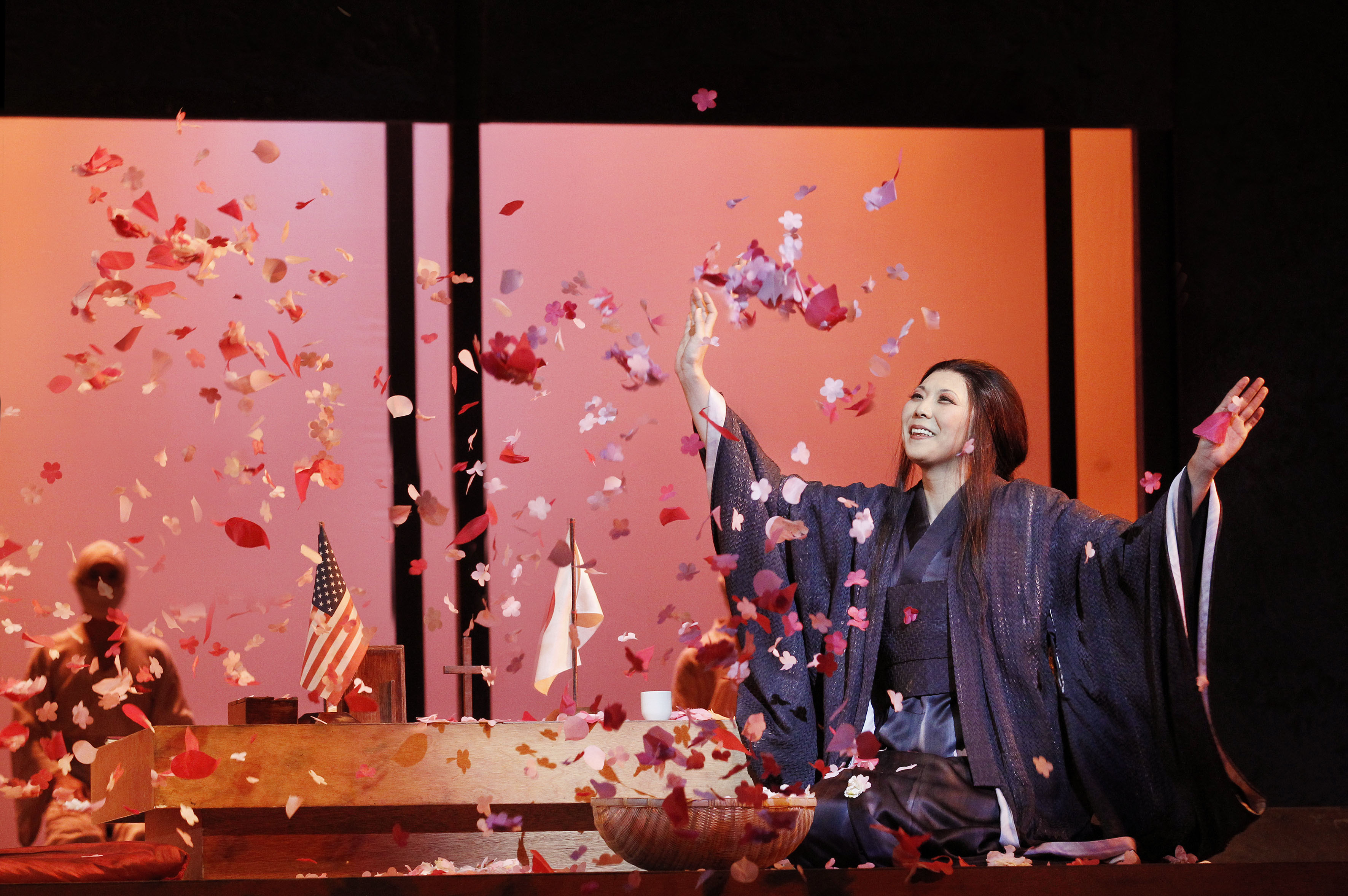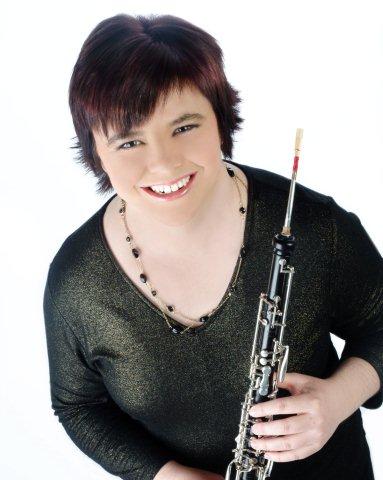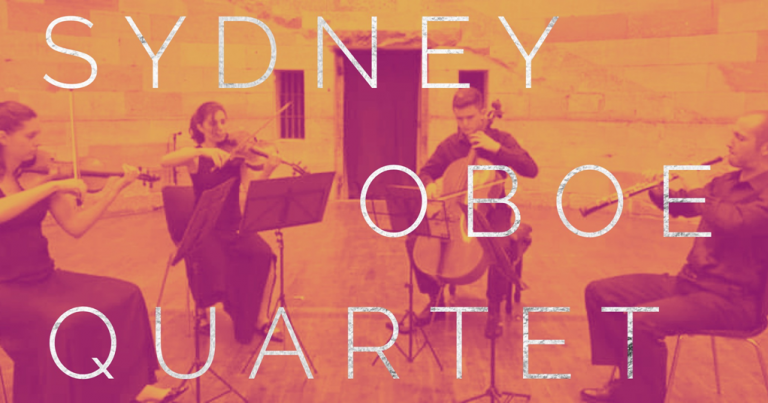Minimalism through the looking glass
The music of Philip Glass is in the spotlight with the ABC Classics release of “Mad Rush” an anthology of his piano music, performed by Sally Whitwell.
To talk about minimalism requires perhaps that this page be left blank with just a few pivotal words placed strategically in repetitive patterns …..
Right now though, we use words to talk about minimalism. Interestingly Glass himself disliked the term and preferred to describe his work as “music with repetitive structures.”
“This is what people used to call the needle-stuck-in-the-groove music,” he says. “Events happen in the music but rather more slowly than you’re used to. So it was like taking a microscope and looking at something very close up and you’ll see things that you never would have seen before. That happens to music when you slow down the rate of change. The music isn’t slow but the rate of change is slow.”
The style originated in the west coast of America in the 1960s. Composers like Terry Riley, (b 1935), Steve Reich (b 1936) and Glass (b 1937), followed by John Adams (b 1947) wrote music that was defined by a steady pulse, unambiguous tonality, and the repetition of short melodies. The variation in dynamics and harmony was “minimal” and the soundscape remained unchanged for long sections. They took emotion and sentimentality out of music and in a way, have been the neo- Classicists of the 20th century, reacting to the heavy ornamentation of the Baroque.
Alex Ross describes it well in quoting Kurt Weill: “Once musicians obtained everything they had imagined in their most daring dreams, they started again from scratch”
Some minimalist music to listen to: John Adams Harmonium (orchestral/choral), Shaker Loops (chamber) Nixon in China (opera)
Philip Glass Mad Rush (piano)





